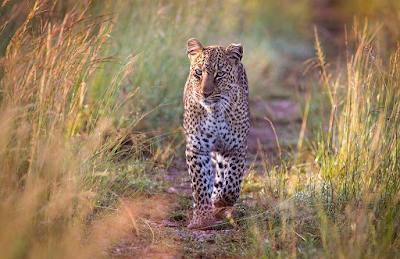Asian Adventures is a Conservation-oriented tour operator bringing you travel tales from all over. Check out our blogs for anecdotes, trip reports, and even some travel tips! We are India's largest ground handlers for Bird watching Tours with our our own fleet of vehicles. To view our Tour you can visit www.asianadventures.in or Email info@asianadventures.in
Monday, 21 December 2020
Wild Life & Birding Tour of Manas National park and Meghalaya
Tuesday, 31 March 2020
chambal wildlife sanctuary
Wednesday, 11 March 2020
Manas National Park – Best Time to Visit and Things to Do
Tuesday, 10 March 2020
Ranikhet Hill Station – A Complete Tour Guide to Visit the “Queen’s Meadow”
Monday, 9 March 2020
Sinharaja Rainforest – A Voyage to Heavenly Biosphere Reserve in Sri Lanka
Phone: +918010450000
Email: info@asianadventures.in
https://linktr.ee/aatoursandlodges
Don’t miss joining our ‘conservation-travel’ community! Click Here
Friday, 6 March 2020
Little Rann of Kutch – A Memorable Trip to Explore Indian Wild Ass
Phone: +918010450000
Email: info@asianadventures.in
https://linktr.ee/aatoursandlodges
Don’t miss joining our ‘conservation-travel’ community! Click Here
Tuesday, 3 March 2020
Sukau Rainforest Lodge – A Spectacular Tour to mesmerizing Rainforest
Phone: +918010450000
Email: info@asianadventures.in
https://linktr.ee/aatoursandlodges
Don’t miss joining our ‘conservation-travel’ community! Click Here
Monday, 2 March 2020
My Peaceful and Spiritual Journey to Haridwar
Phone: +918010450000
Email: info@asianadventures.in
https://linktr.ee/aatoursandlodges
Don’t miss joining our ‘conservation-travel’ community! Click Here
An Amazing and Mesmerizing Bird Watching Tour to Bhutan
Phone: +918010450000
Email: info@asianadventures.in
https://linktr.ee/aatoursandlodges
Don’t miss joining our ‘conservation-travel’ community! Click Here
Thursday, 27 February 2020
Our Memorable and Exciting Trip to Chitwan National Park in Nepal
Phone: +918010450000
Email: info@asianadventures.in
https://linktr.ee/aatoursandlodges
Don’t miss joining our ‘conservation-travel’ community! Click Here
Monday, 24 February 2020
Nameri National Park – An Exquisite Paradise in Assam
Phone: +918010450000
Email: info@asianadventures.in
https://linktr.ee/aatoursandlodges
Don’t miss joining our ‘conservation-travel’ community! Click Here
Gorumara National Park – Climate, Flora, and Fauna, and Other Details
Phone: +918010450000
Email: info@asianadventures.in
https://linktr.ee/aatoursandlodges
Don’t miss joining our ‘conservation-travel’ community! Click Here







































